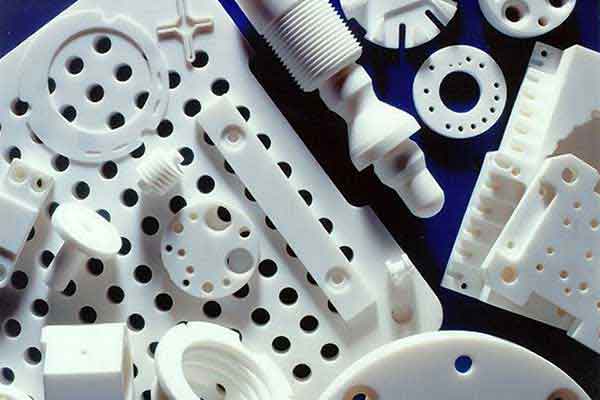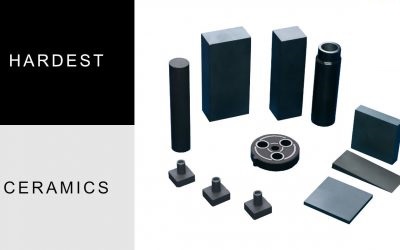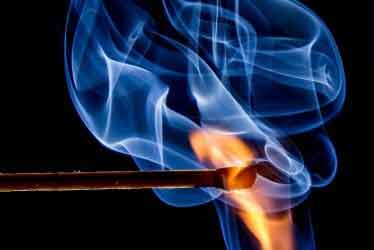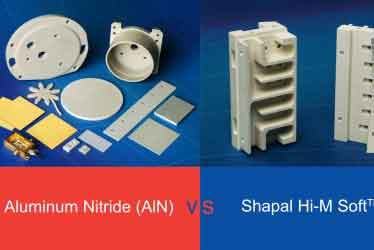For most people, ceramics are hard, brittle materials, mostly associated with tiles, bricks, and pottery. These functional and mostly clay-based materials are the most common ceramics in daily use. The more specialist technical ceramics used in extreme environments and demanding applications are less frequently encountered, but have properties which make them unique. A small subsection of these technical ceramics are classified with an even rarer capability, that is being machinable.
Machinable is a term used to describe ceramic materials that, after sintering, can be machined with traditional metalworking machine tools. That is, they can be turned, milled, drilled, and saw cut, without the need for diamond tooling. The vast majority of technical ceramics are non-machinable and can only be processed with the use of diamond tooling once sintered, as the material is nearly as hard as diamond. In sacrificing the super power of hardness, machinable ceramics balance this loss with a range of other benefits.
Machinable ceramics tend to be fabricated in large blocks (also known as billets) for consistency and ease of manufacture. The more technically complex of these machinable materials have their structure controlled through Hot Pressing (also known as HIPing). The hot press process is not inexpensive, but imparts a consistency that is well appreciated by engineers. The pressing of materials at high temperature restricts the crystal growth of the materials, preventing large crystals from forming, and therefore leaving a fine structure. Fine particles can be plucked out of the surface of the material by carbide tools, leaving a smooth surface during the machining process.
The billet size of machinable ceramics is, in most cases, significantly larger than what is typical for blocks of sintered non-machinable technical ceramics.
Non-machinable ceramics achieve their hardness by densification during sintering, through shrinking in size in the furnace. The larger the part, the more it has to shrink, and this shrinkage is not totally controllable. These ceramics are fabricated to an estimated size and any tight tolerances then require diamond grinding after sintering.
With machinable ceramics, shrinkage and related shrinkage tolerance are not an issue, as parts are machined to their final dimensions from already sintered billets. The machining process can be time-consuming. But in small volumes, it can often be more economical and less time-consuming than fabricating a non-machinable ceramic, especially when diamond grinding to final dimensions is required.
Hot Pressing is not the only route to a machinable ceramic, as Corning has discovered. They developed a machinable glass ceramic when formulating a material designed to emulate the naturally occurring properties of mica. This material, called Macor, rapidly gained favor in NASA’s space shuttle program with large pieces machined to exact sizes, helping to thermally insulate the cabin from the alternating hot and cold endured in an orbiting spacecraft.
Machinable ceramics cover a range of materials. Macor, the machinable glass ceramic highlighted above, and Shapal Hi-M Soft, a machinable Aluminum Nitride. But there are also various Boron Nitride grades and natural materials such as Mica and Lava, each offering unique and often rapid solutions to challenges that may otherwise be challenging to solve.




